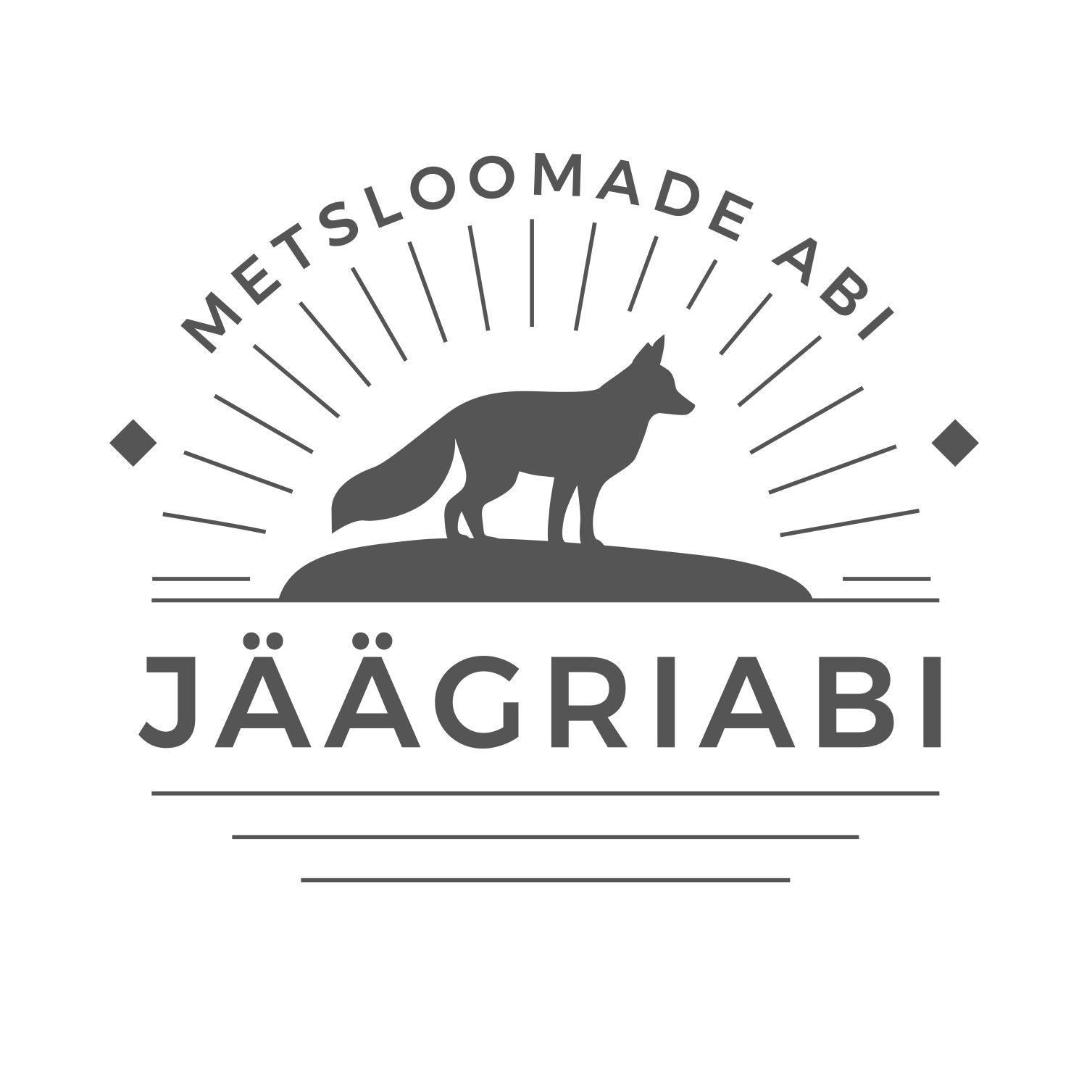Beaver dams in the city: problems and solutions
As cities expand into natural habitats, encounters with wildlife become more frequent. Beavers, known for their dam-building, are no exception. These industrious creatures have been increasingly spotted in urban areas, leading to a unique set of challenges for city dwellers and municipal authorities.
Beavers are natural engineers, with a strong instinct to build dams that create ponds as safe havens and food sources. While this behavior is beneficial in wilderness settings, it can cause issues when it occurs in urban environments.
Challenges Posed by Beaver Dams in Urban Settings
One of the most immediate problems caused by urban beaver dams is the potential for water to overflow and damage property. This can lead to costly repairs and disputes over liability.
Beaver dams can also alter local ecosystems, affecting fish migration, water quality, and vegetation patterns. These changes can have far-reaching effects on urban biodiversity.
Additionally, the presence of beaver dams near populated areas can pose safety risks, such as increased mosquito populations and hazards from falling trees weakened by beavers.
Assessing the Impact of Beaver Dams
Conducting environmental assessments can help determine the extent of the impact caused by beaver dams, guiding the decision-making process for management strategies.
It's also important to consider the economic implications of beaver dam presence, including the costs of damage, prevention, and mitigation.
Humane and Effective Solutions to Beaver Dam Issues
Non-lethal deterrents and repellents can be effective in discouraging beaver activity in unwanted areas without harming the animals.
When necessary, beaver dams can be removed or modified to restore water flow and reduce risks. This should be done carefully to minimize ecological disruption.
Relocating beavers and creating suitable habitats away from urban areas can provide a long-term solution that benefits both wildlife and city residents.
Engaging the community and educating residents about beavers and their behavior can foster coexistence and support for humane management practices.
Regulatory Framework and Best Practices
It's crucial for municipal authorities and property managers to be aware of local wildlife protection laws that govern the management of beaver populations and their habitats.
Working with wildlife management professionals, such as JÄÄGRIABI OÜ, ensures that any interventions are carried out responsibly, effectively, and in compliance with legal requirements.








Comments (0)